Yier Jin
VoltSchemer: Use Voltage Noise to Manipulate Your Wireless Charger
Feb 18, 2024



Abstract:Wireless charging is becoming an increasingly popular charging solution in portable electronic products for a more convenient and safer charging experience than conventional wired charging. However, our research identified new vulnerabilities in wireless charging systems, making them susceptible to intentional electromagnetic interference. These vulnerabilities facilitate a set of novel attack vectors, enabling adversaries to manipulate the charger and perform a series of attacks. In this paper, we propose VoltSchemer, a set of innovative attacks that grant attackers control over commercial-off-the-shelf wireless chargers merely by modulating the voltage from the power supply. These attacks represent the first of its kind, exploiting voltage noises from the power supply to manipulate wireless chargers without necessitating any malicious modifications to the chargers themselves. The significant threats imposed by VoltSchemer are substantiated by three practical attacks, where a charger can be manipulated to: control voice assistants via inaudible voice commands, damage devices being charged through overcharging or overheating, and bypass Qi-standard specified foreign-object-detection mechanism to damage valuable items exposed to intense magnetic fields. We demonstrate the effectiveness and practicality of the VoltSchemer attacks with successful attacks on 9 top-selling COTS wireless chargers. Furthermore, we discuss the security implications of our findings and suggest possible countermeasures to mitigate potential threats.
A Review and Comparison of AI Enhanced Side Channel Analysis
Feb 03, 2024



Abstract:Side Channel Analysis (SCA) presents a clear threat to privacy and security in modern computing systems. The vast majority of communications are secured through cryptographic algorithms. These algorithms are often provably-secure from a cryptographical perspective, but their implementation on real hardware introduces vulnerabilities. Adversaries can exploit these vulnerabilities to conduct SCA and recover confidential information, such as secret keys or internal states. The threat of SCA has greatly increased as machine learning, and in particular deep learning, enhanced attacks become more common. In this work, we will examine the latest state-of-the-art deep learning techniques for side channel analysis, the theory behind them, and how they are conducted. Our focus will be on profiling attacks using deep learning techniques, but we will also examine some new and emerging methodologies enhanced by deep learning techniques, such as non-profiled attacks, artificial trace generation, and others. Finally, different deep learning enhanced SCA schemes attempted against the ANSSI SCA Database (ASCAD) and their relative performance will be evaluated and compared. This will lead to new research directions to secure cryptographic implementations against the latest SCA attacks.
Hardware Phi-1.5B: A Large Language Model Encodes Hardware Domain Specific Knowledge
Jan 27, 2024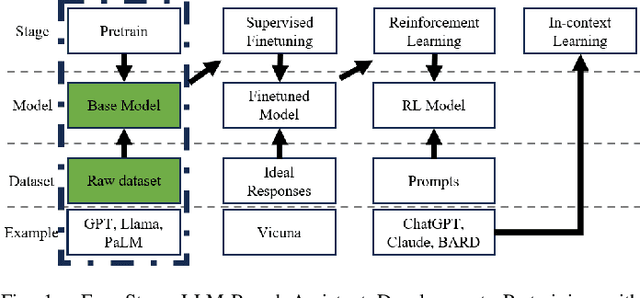
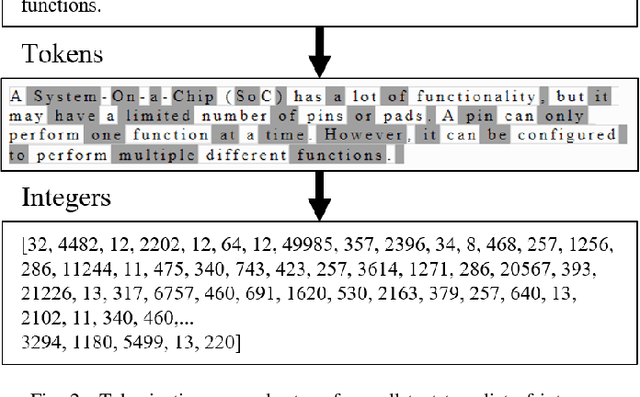
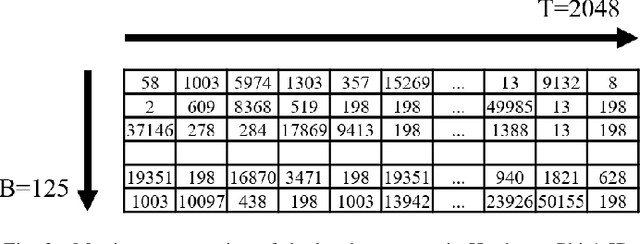
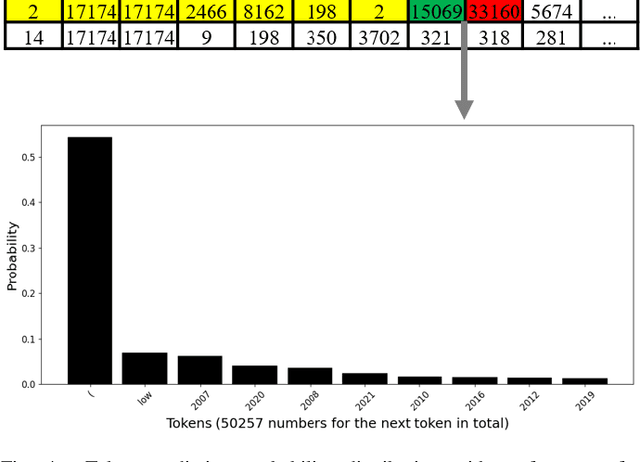
Abstract:In the rapidly evolving semiconductor industry, where research, design, verification, and manufacturing are intricately linked, the potential of Large Language Models to revolutionize hardware design and security verification is immense. The primary challenge, however, lies in the complexity of hardware specific issues that are not adequately addressed by the natural language or software code knowledge typically acquired during the pretraining stage. Additionally, the scarcity of datasets specific to the hardware domain poses a significant hurdle in developing a foundational model. Addressing these challenges, this paper introduces Hardware Phi 1.5B, an innovative large language model specifically tailored for the hardware domain of the semiconductor industry. We have developed a specialized, tiered dataset comprising small, medium, and large subsets and focused our efforts on pretraining using the medium dataset. This approach harnesses the compact yet efficient architecture of the Phi 1.5B model. The creation of this first pretrained, hardware domain specific large language model marks a significant advancement, offering improved performance in hardware design and verification tasks and illustrating a promising path forward for AI applications in the semiconductor sector.
* 6 pages, 6 figures
Exploring Adversarial Examples for Efficient Active Learning in Machine Learning Classifiers
Sep 23, 2021



Abstract:Machine learning researchers have long noticed the phenomenon that the model training process will be more effective and efficient when the training samples are densely sampled around the underlying decision boundary. While this observation has already been widely applied in a range of machine learning security techniques, it lacks theoretical analyses of the correctness of the observation. To address this challenge, we first add particular perturbation to original training examples using adversarial attack methods so that the generated examples could lie approximately on the decision boundary of the ML classifiers. We then investigate the connections between active learning and these particular training examples. Through analyzing various representative classifiers such as k-NN classifiers, kernel methods as well as deep neural networks, we establish a theoretical foundation for the observation. As a result, our theoretical proofs provide support to more efficient active learning methods with the help of adversarial examples, contrary to previous works where adversarial examples are often used as destructive solutions. Experimental results show that the established theoretical foundation will guide better active learning strategies based on adversarial examples.
Security Analysis and Enhancement of Model Compressed Deep Learning Systems under Adversarial Attacks
Mar 19, 2018



Abstract:DNN is presenting human-level performance for many complex intelligent tasks in real-world applications. However, it also introduces ever-increasing security concerns. For example, the emerging adversarial attacks indicate that even very small and often imperceptible adversarial input perturbations can easily mislead the cognitive function of deep learning systems (DLS). Existing DNN adversarial studies are narrowly performed on the ideal software-level DNN models with a focus on single uncertainty factor, i.e. input perturbations, however, the impact of DNN model reshaping on adversarial attacks, which is introduced by various hardware-favorable techniques such as hash-based weight compression during modern DNN hardware implementation, has never been discussed. In this work, we for the first time investigate the multi-factor adversarial attack problem in practical model optimized deep learning systems by jointly considering the DNN model-reshaping (e.g. HashNet based deep compression) and the input perturbations. We first augment adversarial example generating method dedicated to the compressed DNN models by incorporating the software-based approaches and mathematical modeled DNN reshaping. We then conduct a comprehensive robustness and vulnerability analysis of deep compressed DNN models under derived adversarial attacks. A defense technique named "gradient inhibition" is further developed to ease the generating of adversarial examples thus to effectively mitigate adversarial attacks towards both software and hardware-oriented DNNs. Simulation results show that "gradient inhibition" can decrease the average success rate of adversarial attacks from 87.99% to 4.77% (from 86.74% to 4.64%) on MNIST (CIFAR-10) benchmark with marginal accuracy degradation across various DNNs.
MT-Spike: A Multilayer Time-based Spiking Neuromorphic Architecture with Temporal Error Backpropagation
Mar 14, 2018
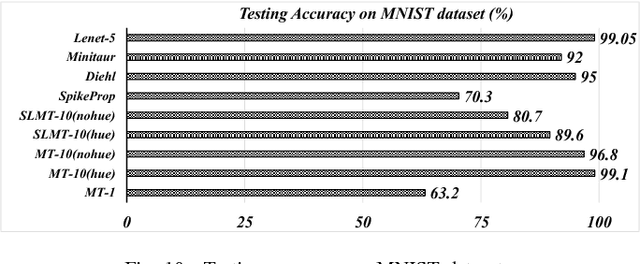
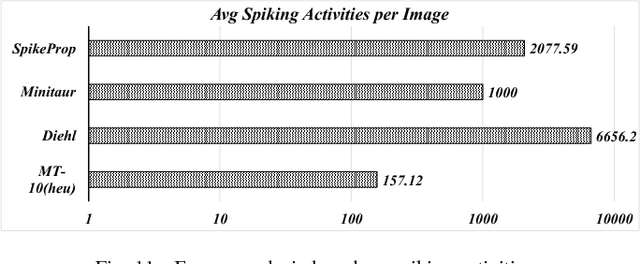
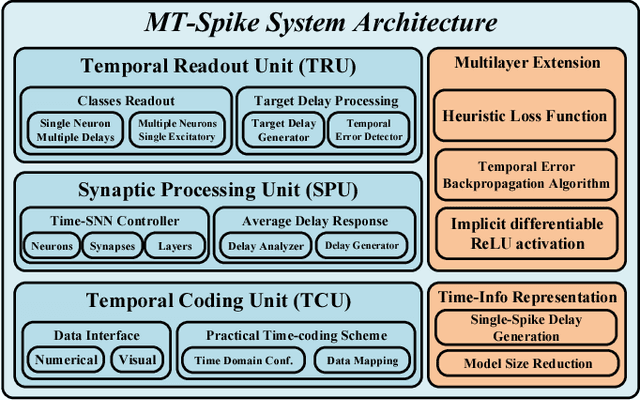
Abstract:Modern deep learning enabled artificial neural networks, such as Deep Neural Network (DNN) and Convolutional Neural Network (CNN), have achieved a series of breaking records on a broad spectrum of recognition applications. However, the enormous computation and storage requirements associated with such deep and complex neural network models greatly challenge their implementations on resource-limited platforms. Time-based spiking neural network has recently emerged as a promising solution in Neuromorphic Computing System designs for achieving remarkable computing and power efficiency within a single chip. However, the relevant research activities have been narrowly concentrated on the biological plausibility and theoretical learning approaches, causing inefficient neural processing and impracticable multilayer extension thus significantly limitations on speed and accuracy when handling the realistic cognitive tasks. In this work, a practical multilayer time-based spiking neuromorphic architecture, namely "MT-Spike", is developed to fill this gap. With the proposed practical time-coding scheme, average delay response model, temporal error backpropagation algorithm, and heuristic loss function, "MT-Spike" achieves more efficient neural processing through flexible neural model size reduction while offering very competitive classification accuracy for realistic recognition tasks. Simulation results well validated that the algorithmic power of deep multi-layer learning can be seamlessly merged with the efficiency of time-based spiking neuromorphic architecture, demonstrating great potentials of "MT-Spike" in resource and power constrained embedded platforms.
PT-Spike: A Precise-Time-Dependent Single Spike Neuromorphic Architecture with Efficient Supervised Learning
Mar 14, 2018

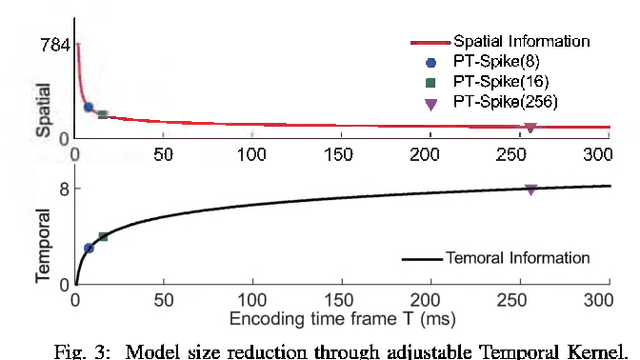
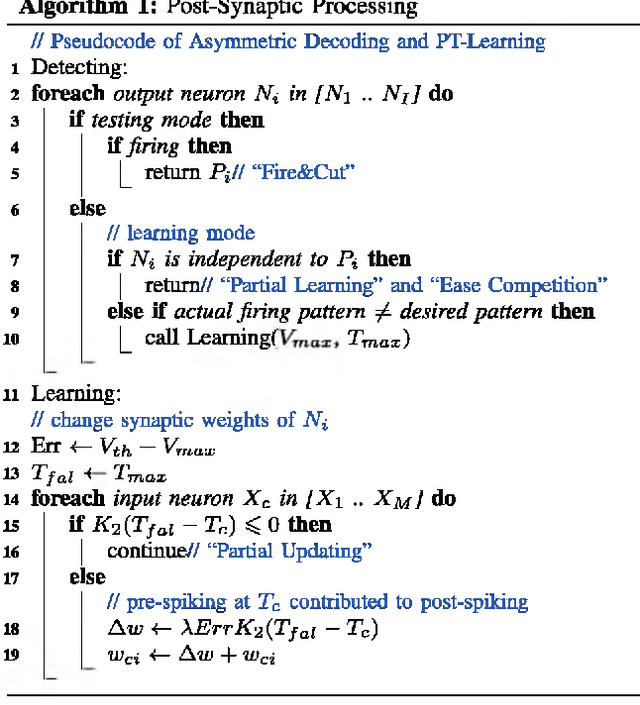
Abstract:One of the most exciting advancements in AI over the last decade is the wide adoption of ANNs, such as DNN and CNN, in many real-world applications. However, the underlying massive amounts of computation and storage requirement greatly challenge their applicability in resource-limited platforms like the drone, mobile phone, and IoT devices etc. The third generation of neural network model--Spiking Neural Network (SNN), inspired by the working mechanism and efficiency of human brain, has emerged as a promising solution for achieving more impressive computing and power efficiency within light-weighted devices (e.g. single chip). However, the relevant research activities have been narrowly carried out on conventional rate-based spiking system designs for fulfilling the practical cognitive tasks, underestimating SNN's energy efficiency, throughput, and system flexibility. Although the time-based SNN can be more attractive conceptually, its potentials are not unleashed in realistic applications due to lack of efficient coding and practical learning schemes. In this work, a Precise-Time-Dependent Single Spike Neuromorphic Architecture, namely "PT-Spike", is developed to bridge this gap. Three constituent hardware-favorable techniques: precise single-spike temporal encoding, efficient supervised temporal learning, and fast asymmetric decoding are proposed accordingly to boost the energy efficiency and data processing capability of the time-based SNN at a more compact neural network model size when executing real cognitive tasks. Simulation results show that "PT-Spike" demonstrates significant improvements in network size, processing efficiency and power consumption with marginal classification accuracy degradation when compared with the rate-based SNN and ANN under the similar network configuration.
Wolf in Sheep's Clothing - The Downscaling Attack Against Deep Learning Applications
Dec 21, 2017



Abstract:This paper considers security risks buried in the data processing pipeline in common deep learning applications. Deep learning models usually assume a fixed scale for their training and input data. To allow deep learning applications to handle a wide range of input data, popular frameworks, such as Caffe, TensorFlow, and Torch, all provide data scaling functions to resize input to the dimensions used by deep learning models. Image scaling algorithms are intended to preserve the visual features of an image after scaling. However, common image scaling algorithms are not designed to handle human crafted images. Attackers can make the scaling outputs look dramatically different from the corresponding input images. This paper presents a downscaling attack that targets the data scaling process in deep learning applications. By carefully crafting input data that mismatches with the dimension used by deep learning models, attackers can create deceiving effects. A deep learning application effectively consumes data that are not the same as those presented to users. The visual inconsistency enables practical evasion and data poisoning attacks to deep learning applications. This paper presents proof-of-concept attack samples to popular deep-learning-based image classification applications. To address the downscaling attacks, the paper also suggests multiple potential mitigation strategies.
 Add to Chrome
Add to Chrome Add to Firefox
Add to Firefox Add to Edge
Add to Edge